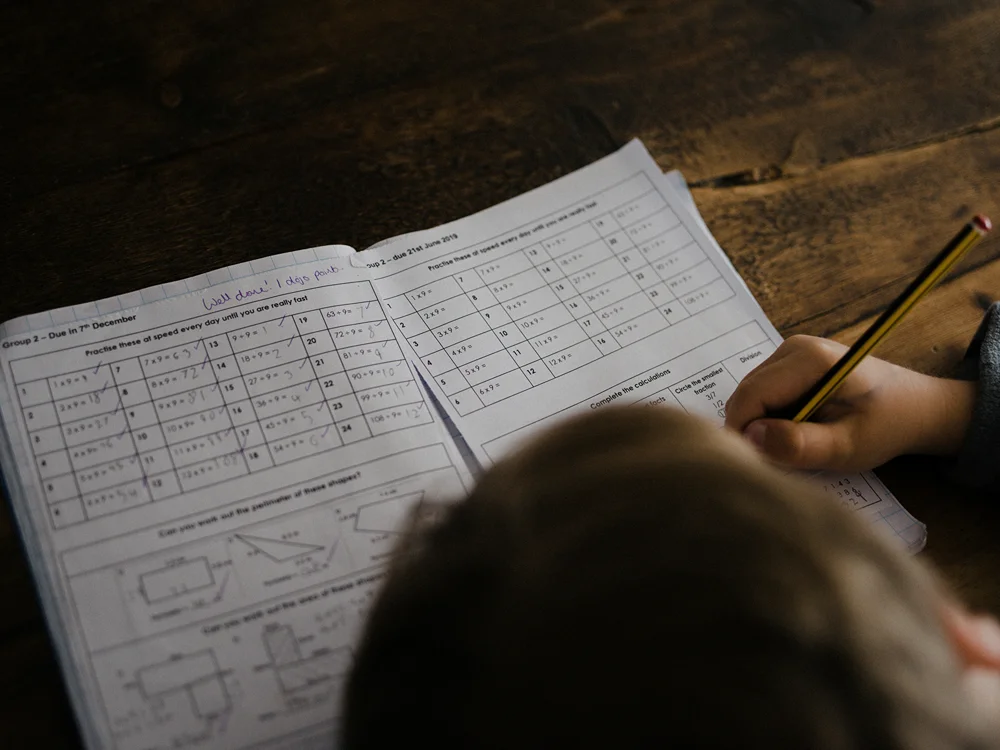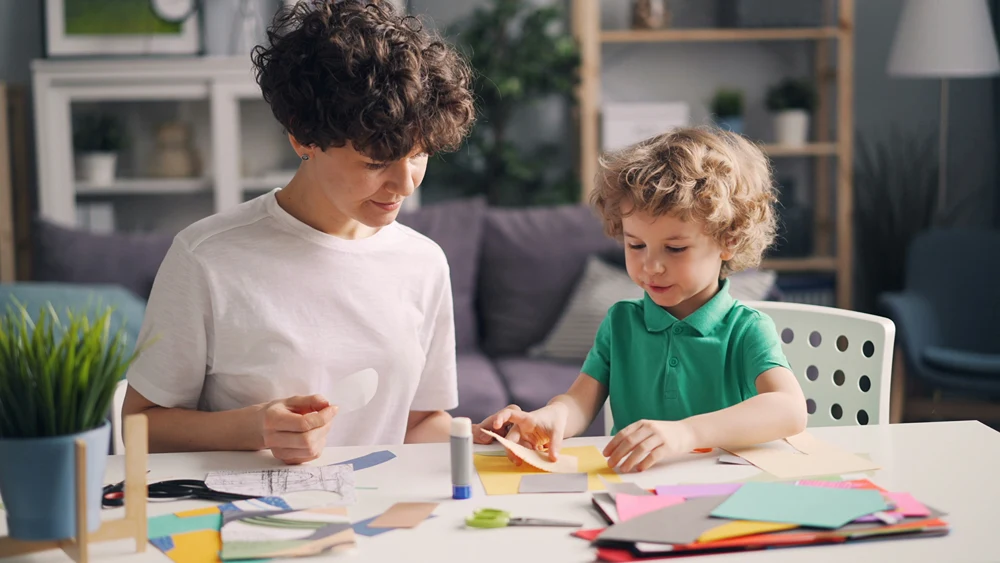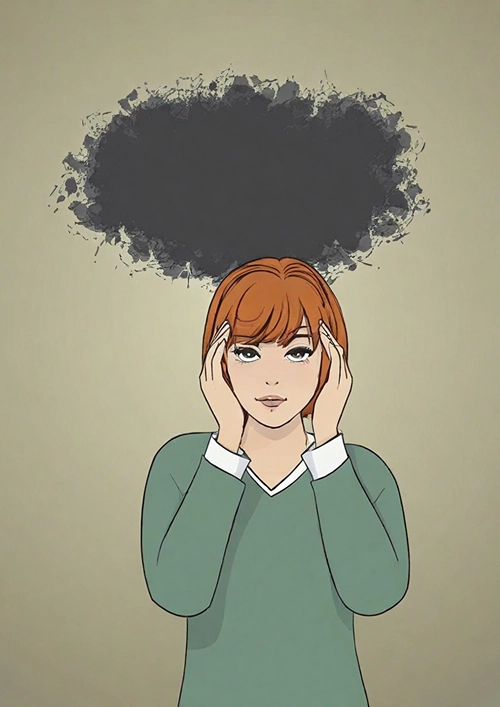How Blended Learning Therapy Can Offer a Helping Hand to Families
Juggling work, school, extracurriculars, and everything in between can leave families feeling stretched thin. When the weight of mental health challenges arises, finding the time and resources for traditional therapy can feel like another hurdle. What if there was a way to access support that accommodates your family’s life?
Say hello to blended learning therapy. This innovative model offers a lifeline to families in search of connection, understanding, and healing.
What Is Blended Learning Therapy?
Blended learning therapy thoughtfully merges the personal connection of in-person therapy with the convenience and flexibility of online counseling. The result is a treatment experience tailored to families’ unique needs.
How Does Blended Learning Therapy Work for Families?
This approach may begin with a traditional in-person session or a virtual meeting. The first meeting allows the therapist to connect directly with family members to understand their dynamics. It helps build rapport and for everyone to feel comfortable.
Any necessary paperwork will likely be completed at this time, as well.
This type of therapy may cover a range of practice areas, from virtual IOP at Sophros Recovery to cognitive-behavioral therapy (CBT) for families. Since therapy is customized, a therapist may use various methods, including:
- Video conferencing technology
- Phone therapy sessions
- In-office sessions
- Remote group therapy
- Weekly email check-ins
Therapists may also suggest creative online exercises or activities.
For example, a teenager may find it easier to open up through text-based journaling between face-to-face sessions. Working parents could schedule virtual counseling sessions after work or email during lunch breaks.
Such flexibility adapts to varying schedules, preferences, and specific challenges facing families.
Blended Learning Therapy Resources
Blended learning therapists often use online resources to enhance the therapeutic process.
For example, a therapist may set up an online note taking app where families can jot down ideas collectively. Some apps even track therapy progress, encouraging families to set and meet goals.
A therapist can share (relevant) links to helpful articles or videos. Therapists may also recommend books through reading apps or provide a complete book list.
Why is Blended Learning Therapy Important for Families?
Blended therapy breaks down common barriers to therapy by offering flexible solutions and multiple therapy delivery options. Common barriers include:
- Demanding work schedules
- Multiple extracurricular activities
- Living in rural communities with less access to therapists
Cost is another common barrier. Travel expenses, childcare costs, and even taking time off work can add up. Blended learning therapy is more budget-friendly, reducing travel time.
Blended options ensure more families receive crucial mental health support.
Blended learning therapy recognizes that every family is unique; therefore, therapists adapt approaches to specific challenges, learning styles, and communication preferences. This personalized approach can lead to more effective and engaging therapy.
Real-World Examples of Blended Learning Therapy in Action
For example, blended (CBT) learning therapy can help a teenager struggling with depression. A therapist may combine weekly in-person cognitive behavioral therapy (CBT) sessions with online interactive modules on coping skills. Personalized feedback on therapy “homework” can be submitted through secure messaging.
A child experiencing anxiety might benefit from blended learning therapy that includes in-person sessions on healthy coping mechanisms. This approach may be supplemented with online relaxation techniques a child can practice at home.
Virtual support groups may also be formed for the parents of an anxious child, so the parents feel community and understanding, as well.
Blended Couples Counseling
Busy parents who struggle to find time for in-person couples therapy can alternate between in-person and video conferences after work. Online communication platforms allow for ongoing discussion and conflict resolution strategies between sessions.
Overcoming the Challenges of Blended Learning Therapy
It’s important to acknowledge potential challenges with this approach and how to overcome them. For example, technical issues, such as unreliable internet access, can be a barrier for some families. Open communication with therapists about these concerns is crucial to finding workable solutions.
While maintaining a strong therapeutic connection is paramount, some parents may worry that online interactions will feel less personal. Skilled blended learning therapists are adept at building and nurturing connections through various mediums.
The answer is open communication and an active willingness on the part of all family members to engage fully in both the in-person and online aspects of therapy.
Ensuring consistent client engagement in both in-person and online spaces requires thoughtful planning and motivation. Therapists can play a vital role in keeping families engaged by making online activities fun, providing regular feedback, and fostering a sense of accountability.
Discover a Brighter Future for Family Well-being
Blended learning therapy represents a significant step forward in making mental health support more accessible, flexible, and effective for families.
By thoughtfully integrating the power of in-person connection with the convenience of online tools, blended learning therapy offers a dynamic and adaptable approach that meets the diverse needs of modern families.

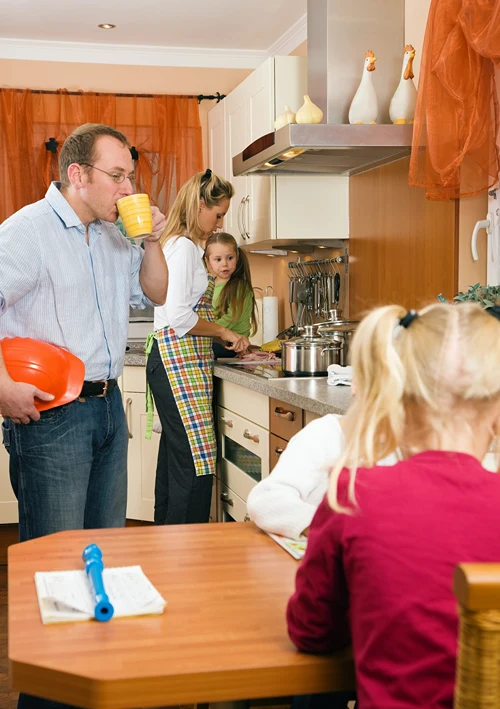
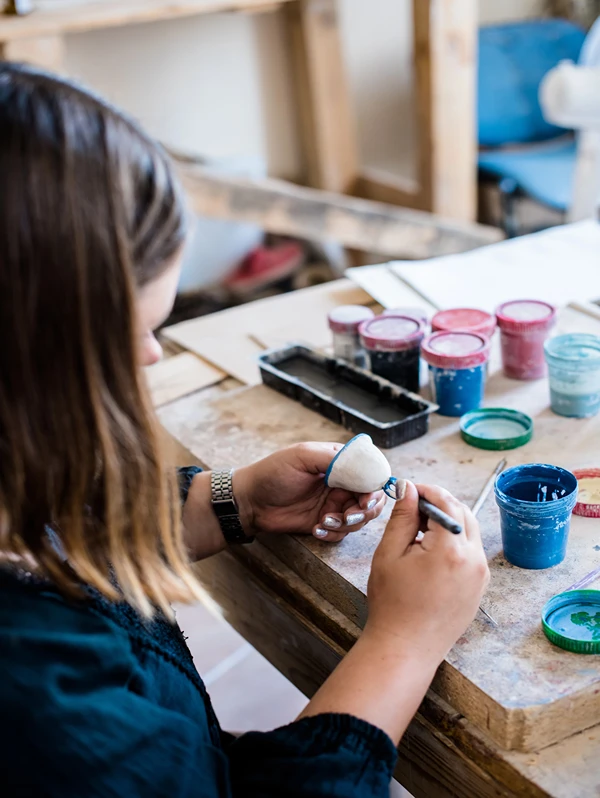
 Author bio: Cora Gold is the Editor-in-Chief of women’s lifestyle magazine,
Author bio: Cora Gold is the Editor-in-Chief of women’s lifestyle magazine, 
